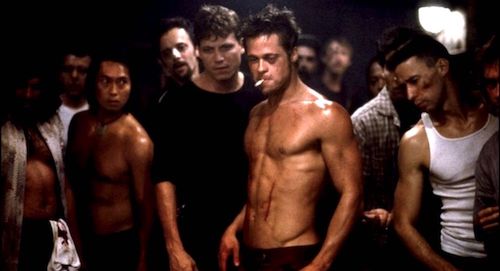
Do you know the first rule of Fight Club? Ordinarily, it's that you're not allowed to talk about it. However, we're forced to break that rule with the news that David Fincher's nihilistic cult classic is returning to Cineworld in March to celebrate its 25th anniversary.
Fincher's adaptation of Chuck Palahniuk's novel was enormously controversial on its initial release, accused of stoking up incel violence in the manner of Stanley Kubrick's A Clockwork Orange. Yet time has been kind to Fincher's film and it's now easier to appreciate its savagely funny skewering of male machismo, a satire in which the amount of killer lines is matched by the number of broken noses.
Brad Pitt and Edward Norton give career-defining performances as, respectively, Tyler Durden and The Narrator. One is a virile embodiment of anarchy, the other a nebbish insomniac embodiment of late-90s materialistic culture. But are they two sides of the same coin? It's time to celebrate this twisted tale of duality again on the big screen, one that features eye-catching supporting performances from the likes of Helena Bonham Carter, Jared Leto and Meat Loaf.
To celebrate the film's quarter-anniversary milestone here are 25 facts that you may not have known.
- Laura Ziskin, then head of studio Fox 2000, purchased the rights to Chuck Palahniuk's novel Fight Club from Palahniuk for $10,000
- David Fincher was assigned to the project in 1997, although he was initially hesitant to work with Fox following his tortured experience making Alien 3 with the studio
- Fincher saw Fight Club as a nineties iteration of The Graduate, in other words, a classic coming-of-age story
- Edward Norton's character is identified in the script as "Jack", but left unnamed in the film.
- Screenwriter Jim Uhls described the film as a romantic comedy, explaining: "It has to do with the characters' attitudes toward a healthy relationship, which is a lot of behavior which seems unhealthy and harsh to each other, but in fact does work for them—because both characters are out on the edge psychologically."
- Matt Damon and Sean Penn were considered for the role that went to Edward Norton
- Brad Pitt and Edward Norton took lessons in boxing, taekwondo, grappling, and soapmaking to prepare for the movie.
- Pitt voluntarily visited a dentist to have pieces of his front teeth chipped off so his character would not have perfect teeth.
- The likes of Winona Ryder and Reese Witherspoon were considered for the role of Marla Singer, which ultimately went to Helena Bonham Carter
- Palahniuk praised the adaptation for how it streamlined his original novel.
- The film's initial budget of $23 million eventually ballooned to $65 million.
- Makeup artist Julie Pearce, who had worked for Fincher on the 1997 film The Game, studied mixed martial arts and pay-per-view boxing to portray the fighters accurately.
- The film's makeup team devised two methods for creating sweat: spraying mineral water over a coat of Vaseline, and using the unadulterated water for 'wet' sweat.
- To craft uncertainty around The Narrator's relationship with Tyler, Fincher opted not to shoot Tyler's character in two shots with a group of people.
- Tyler also isn't shown in any over-the-shoulder shots in scenes where Tyler gives the Narrator specific ideas to manipulate him.
- Oscar-winning visual effects artist Kevin Mack designed the film's opening 90-second title sequence that depicts the inside of The Narrator's brain.
- Fincher sought to avoid a traditional symphonic score and enlisted the input of the experimental group Dust Brothers.
- Dust Brothers performer Michael Simpson said: "Fincher wanted to break new ground with everything about the movie, and a nontraditional score helped achieve that."
- Early test screenings of Fight Club went badly with executive producer Art Linson stating: "So many incidences of Fight Club were alarming, no group of executives could narrow them down."
- Fincher's insistence that the film's marketing campaign not focus on Brad Pitt, but instead on the film's central soap-making theme, exacerbated the challenges of marketing the movie.
- Initially set for a July 1999 release, Fight Club was eventually pushed back to autumn of that year over fear that a crowded summer season and the film's inherent oddness would make it a tough sell for audiences.
- Fox financed a $20 million large-scale campaign to provide a press junket, posters, billboards, and trailers for TV that highlighted the film's fight scenes, including prominent placement during WWF broadcasts.
- Despite these efforts, the movie was a box office bomb and it polarised critics with many lauding the film for its singularity and others dismissing its violent excesses.
- Nevertheless, the film's cultural impact was almost immediate, resulting in the formation of several real-life American fight clubs and the creation of a video game.
- The term 'fight club' passed into common parlance and the movie has subsequently been hailed as one of the greatest of all time by the likes of Men's Journal, Empire Magazine and Total Film.
Click the link below to book your tickets for Fight Club. It returns to Cineworld on March 15th in time for its 25th anniversary. And remember: you can talk about it.
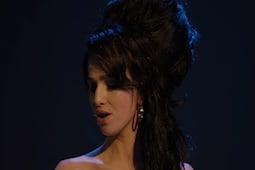
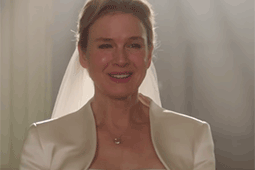
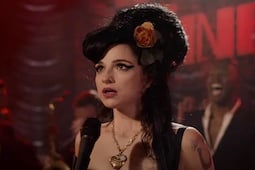


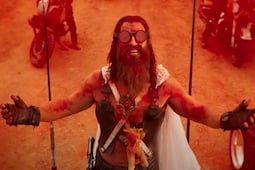
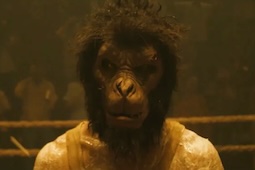

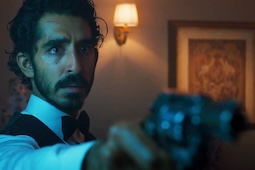
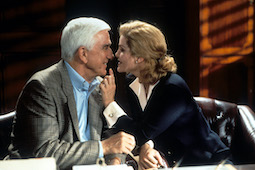
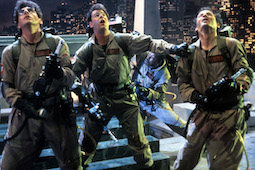
.jpg)
.jpg)

.jpg)
.png)



